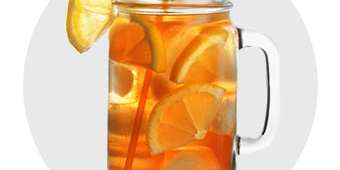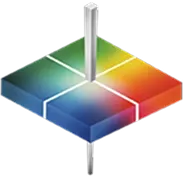Does Tea Color Matter?
For many consumers, making tea is as simple as dunking a bag of leaves in hot water, but tea experts know much more goes into the perfect brew. For example, loose leaf tea is generally less processed than single-serve bags, enhancing the quality and delivering a stronger cup. Furthermore, every type of tea has different brewing guidelines. Some need hotter water and shorter brewing times, while others take a while for their flavor to develop and benefit from slightly cooler, longer steeping.
In all cases, color is one of the easiest signifiers to show that a cup has been adequately steeped or that the flavor profile may be off due to over-steeping. Color tells the consumer that they'll be starting their day off right or that they may need to try again with fresh water.
Tools for Loose Leaf Tea Color Measurement
When it comes to measuring the color of tea and tea leaves, spectrophotometers offer the most accurate results, as they gauge coloration far beyond the scope of what the naked eye can see. Every human-based evaluation is determined by external lighting, meaning that the same tea can look vastly different in varying locations. A spectrophotometer uses its own light source to assign precise numerical values to each sample, ensuring a consistent color analysis every time.



